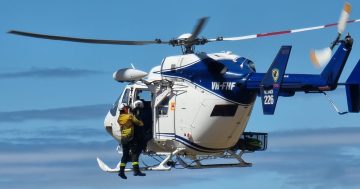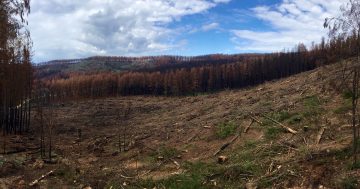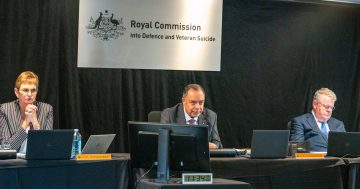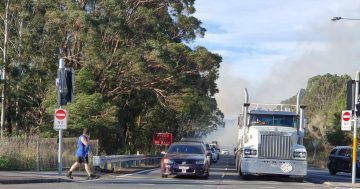
A national, and scalable agency should lead recovery efforts after a natural disaster, the royal commission draft proposals state. Photo: File.
Better national coordination for bushfire response and recovery as well as improved communication between jurisdictions have been put forward as draft recommendations by the Royal Commission into National Natural Disaster Arrangements, also referred to as the Bushfires Royal Commission.
The draft recommendations were released on Friday (4 September) and also advocate for a National Cabinet for natural disasters and the introduction of a single, scalable national body for natural disaster recovery at a Commonwealth level due to communication mishaps and administrative confusion during last summer’s bushfires.
The royal commission also recognised a need for a standardised threshold for declaring a national emergency, the use of common technology and warning systems across jurisdictions, a national database that displays risk levels by area and more time-sensitive air-quality data following a summer of smoke.
Following the 2019-2020 black summer bushfire season where communications went down for months along the South Coast and food, water, fuel and medicine were all in short supply, the royal commission has recommended a number of national mitigation and preparedness arrangements.
These include future-proofing each jurisdiction off the back of “the increasing likelihood of concurrent events occurring within each state and territory, as well as nationally and internationally”.
Under preparedness recommendations, adequate evacuation routes, better education and signage for evacuations – especially in tourist hotspots – and fixing communication blackspots were all flagged.
A consistent emergency warning app needs to be implemented as well, the report says.
“The Australian Government should facilitate, and state and territory governments support, the development of national standards of information for emergency warnings applications (apps), incorporating consistent terminology, symbology, and definitions across hazards; extending coverage of jurisdictions’ apps to no less than 50 km into the neighbouring state; [and] information on road closures (including state and local roads).
“Fire front, fire direction, fire prediction, and appropriate sheltering facilities, such as Neighbourhood Safer Places or equivalent” should also be added.
Additionally, as fire seasons in the northern and southern hemispheres begin to overlap, as is evident with the current California fires, access to aerial firefighting resources will become harder to lease and call in from overseas.
As such, the royal commission has proposed that an Australian sovereign aerial firefighting force of “sufficient size and versatility” be created.
“The capability could include line scanning, live feed video imagery, aerial tankers, and support for the provision of critical supplies,” the report says.
“The Australian-based capability should be informed by considerations of reliance on overseas-based aircraft and the advantages of a modest Australian-based Large Air Tanker (LAT) or Very Large Air Tanker (VLAT) capability; continued research and evaluation of the optimum future aerial firefighting capability and tactics; best practice procurement strategies; and the most effective deployment of aerial assets according to the greatest need between jurisdictions.”
National coordination of charities and volunteers is also recommended to avoid potential problems arising, such as storage of food and supplies as well as directing and distributing resources where they are most needed.
The full list of draft propositions can be found at Natural Disaster. The public is able to respond to the draft propositions until 5:00 pm Wednesday, 16 September.
Original Article published by Dominic Giannini on The RiotACT.
















